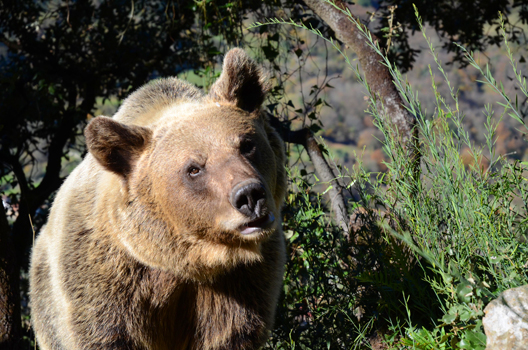The brown bear is among the most targeted species for ecotourism in North America and Europe. As bear viewing often occurs in sensitive places where bears congregate for mating, rearing young and/or feeding, it is important to evaluate potential positive and negative effects of different viewing practices. Here available information on bear viewing practices and their effects on bears, people and ecosystems is reviewed. Behavioural, physiological and ecological aspects related to bears are examined from three different perspectives: ecotourism consequences for bears, direct bear-human interactions and social impacts of bear ecotourism. Because bear viewing can have positive and negative impacts on both bear populations and bear-human interactions, it is important to carefully evaluate every practice associated with bear viewing at a local scale. informacion[at]ebd.csic.es: Penteriani et al (2017) Consequences of brown bear viewing tourism: A review. Biol Conserv 206 168-180 http://dx.doi.org/10.1016/j.biocon.2016.12.035
http://www.sciencedirect.com/science/article/pii/S0006320716311351








 Las altas temperaturas están provocando que las lagunas y las marismas de Doñana pierdan agua rápidamente
Las altas temperaturas están provocando que las lagunas y las marismas de Doñana pierdan agua rápidamente



